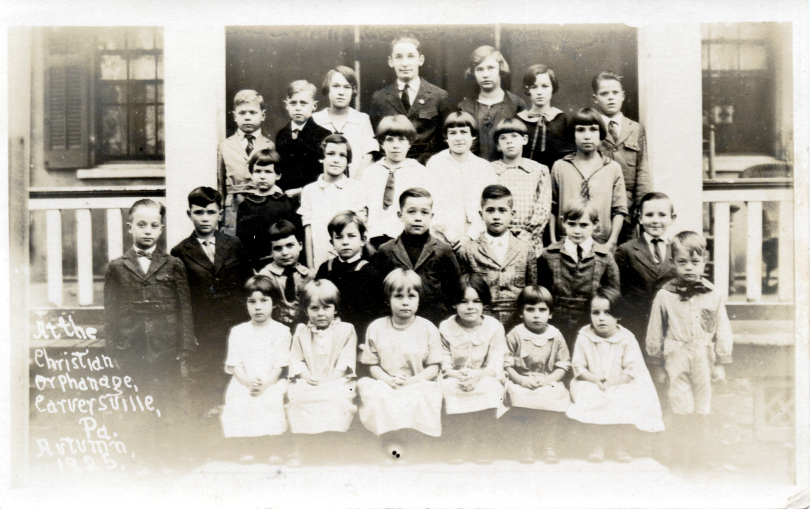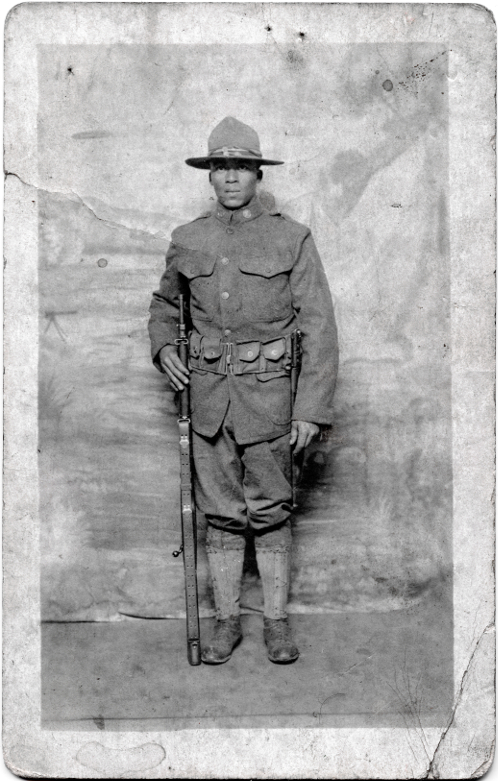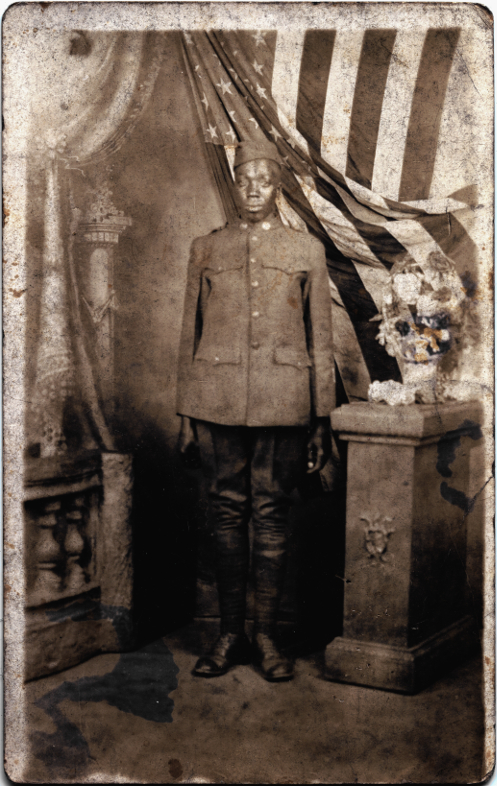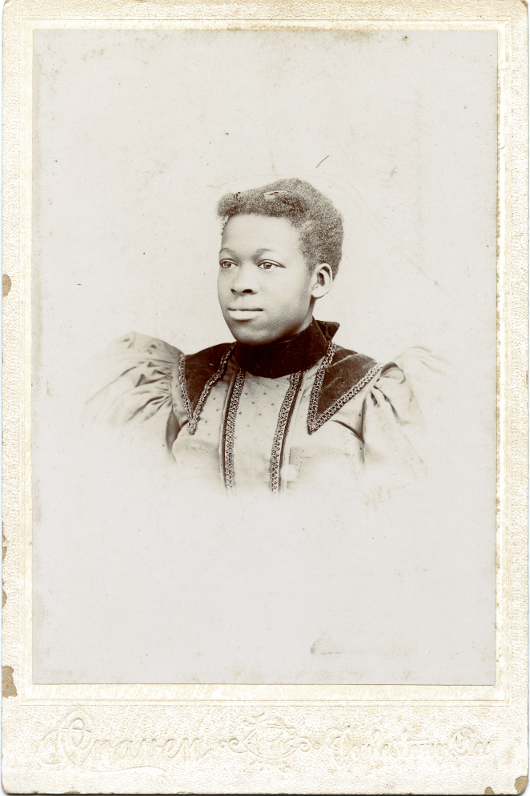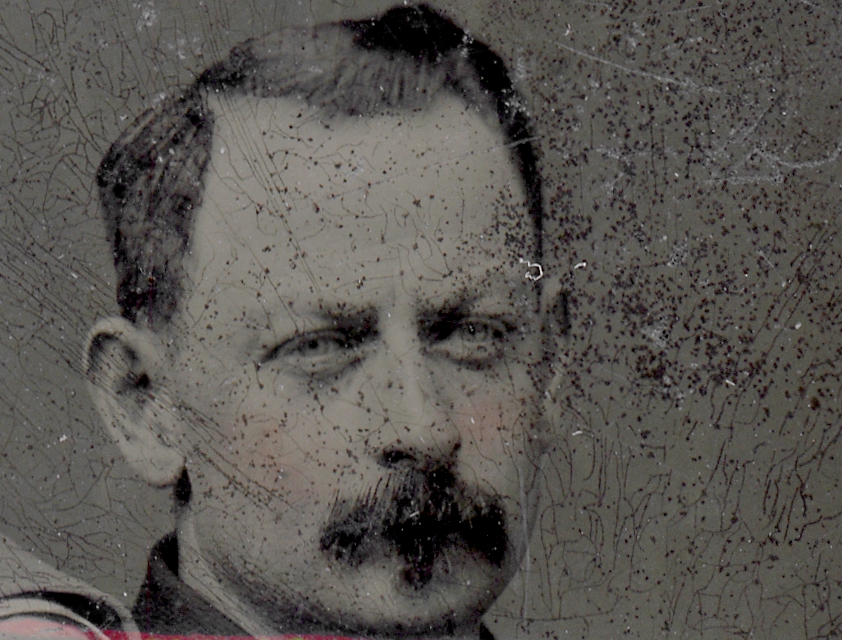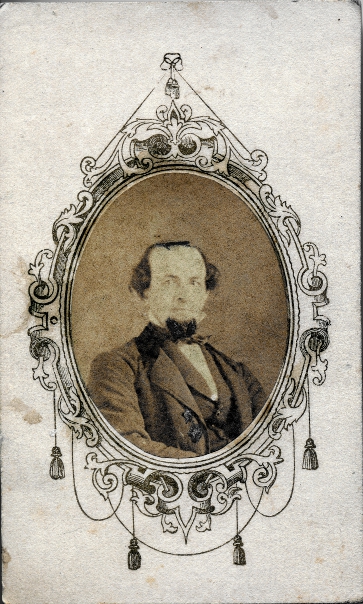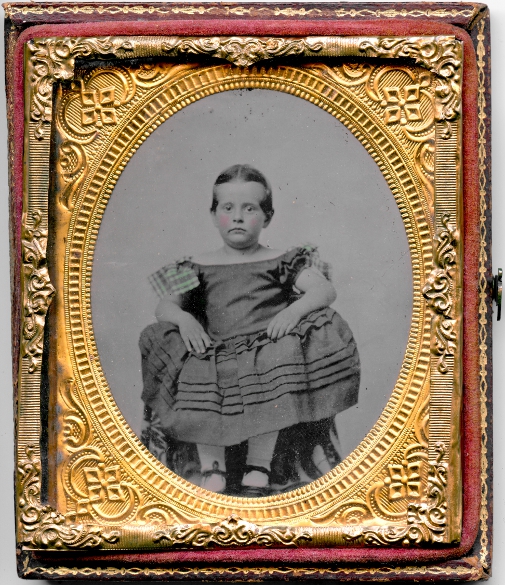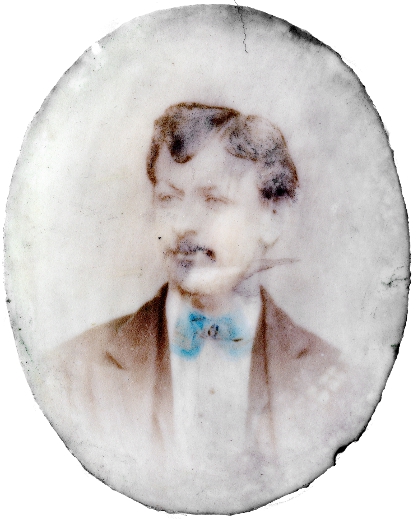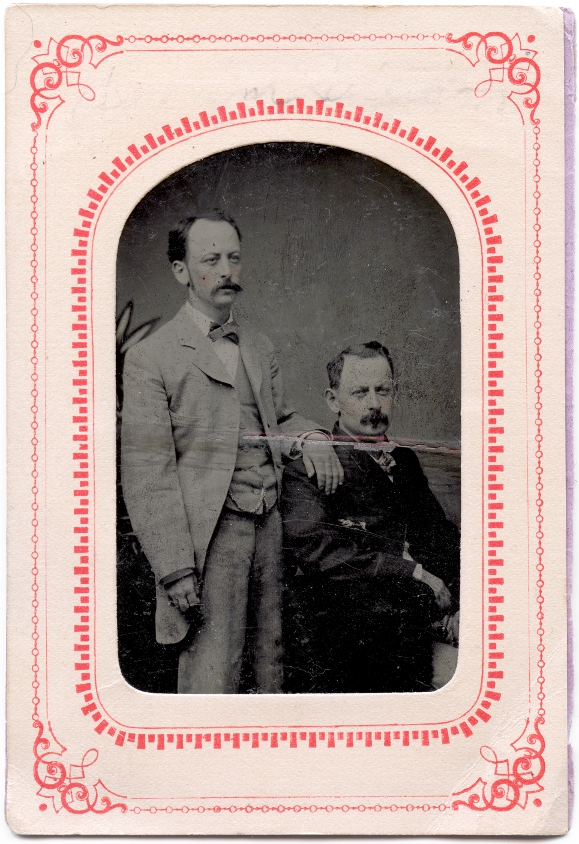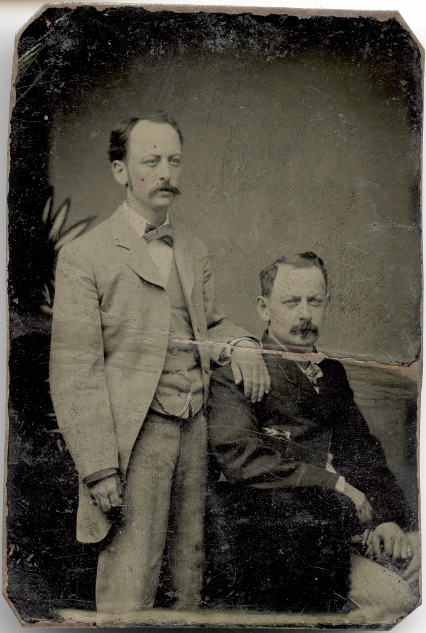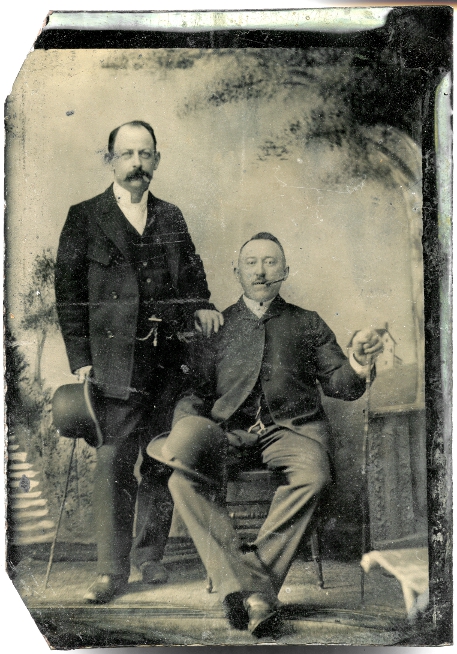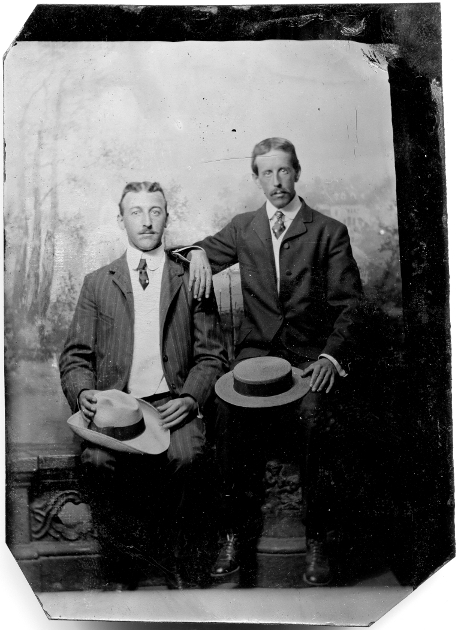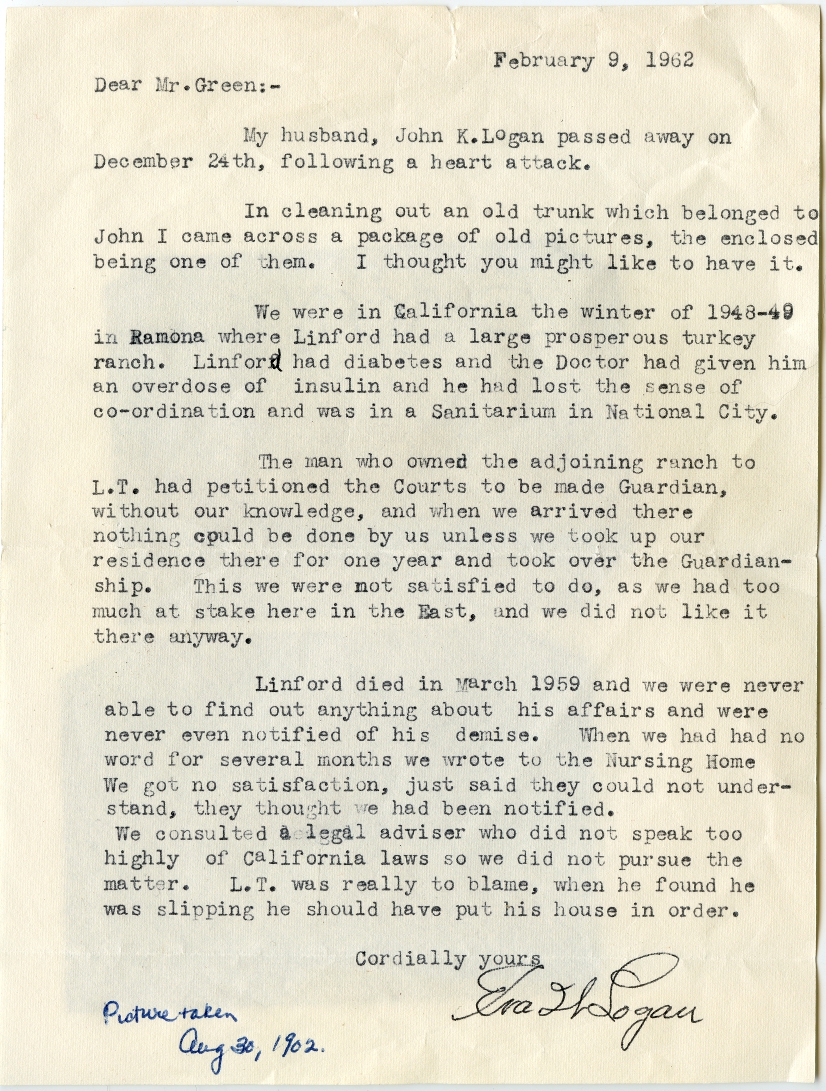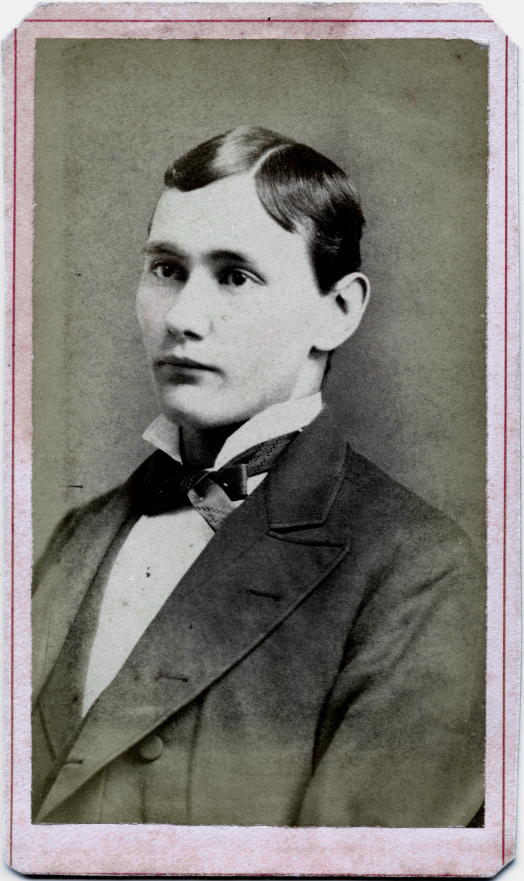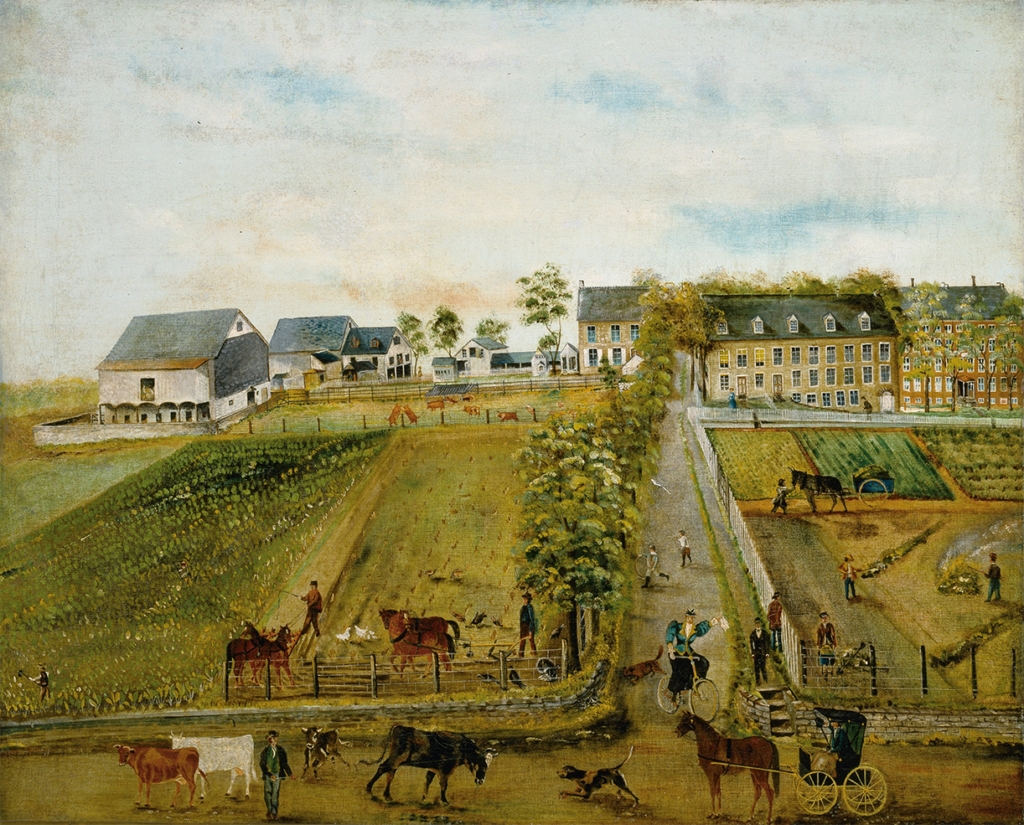
View of Almshouse. Oil on canvas, 30 x 24 inches, c.1900. James A. Michener Art Museum. Doylestown, PA.
This lecture was given before the Solebury Township Historical Society on March 5th, 2017.
Synopsis
From the colonial era until the rise of the modern welfare state, the poor residents of Bucks County relied on a social safety net that was administered at the local level. Township officials called Overseers of the Poor were tasked with levying a poor tax and doling out financial support or in-kind relief to residents who were unable to provide for themselves. This system became more centralized following the opening of the county almshouse in 1810. Also known as the poorhouse, poor farm, and later the Bucks County Home, the almshouse took in people who faced financial hardship for a wide variety of reasons. This ranged from farm laborers who couldn’t find work in the winter to the elderly, sick, mentally disabled, and even pregnant women, who would come to the almshouse to give birth and then remain there during their postpartum “lying-in” period.
While the poor relief system was designed to save people from abject poverty, some of the methods employed would be considered inhumane by modern standards. Almshouse residents were considered inmates, and they frequently ran away. The psychiatric care was particularly problematic, and before the establishment of state-run psychiatric hospitals, individuals considered dangerously insane lived in chains at the county almshouse. Until the state’s anti-miscegenation law was abolished in 1780, the Overseers of the Poor were also tasked with binding out mixed-race children as indentured servants, another example of how a system that was established to help the most vulnerable members of society sometimes inflicted harm instead.
Selected Bibliography
Images
Craven, Linford R. Bucks County Almshouse and Bucks County Hospital. Albumen print, c.1900. Visual collection (SC-29-01, 09-H-002). Mercer Museum Library. Doylestown, PA. (Reproduced in W.W.H. Davis’ The History of Bucks County, vol. 2. available on Google Books)
View of Almshouse. Oil on canvas, 30 x 24 inches, c.1900. James A. Michener Art Museum. Doylestown, PA. (Via Google Arts & Culture)
Unpublished Works:
Bucks County Almshouse Records. Bucks County Archives (RG 4:3). Mercer Museum Library. Doylestown, PA.
Bucks County Commissioners Records. Microfilm. Mercer Museum Library. Doylestown, PA.
Bucks County Daily Intelligencer Clippings Files (SC-39). Mercer Museum Library. Doylestown, PA.
Bucks County Directors of the Poor Minute Book, 1807-1853. Bound Manuscript Collection (BM-A-057). Mercer Museum Library, Doylestown, PA.
Documents Relating to the Poor in Bucks County (MSC 163, fol. 98). Mercer Museum Library. Doylestown, PA.
Indenture of John Clauson to Aaron Paxson, 1771. Aaron and John K. Paxson Collection (MSC 105, fol. 1). Mercer Museum Library. Doylestown, PA.
Records of the Proceedings of Middletown Township Relating to the Poor, Strays & Settlements of Supervisors Accounts, 1791. Bound Manuscript Collection (BM-B-462). Mercer Museum Library. Doylestown, PA.
Report of Cholera at the Almshouse, 1849 (MSC 163, fol. 98). Mercer Museum Library. Doylestown, PA.
Solebury Township Overseers of the Poor Records, 1792-1809. John Ruckman Papers (MSC 162, fol. 10-12). Mercer Museum Library, Doylestown, PA.
Warminster Poor Book, 1757-1810. Bound Manuscript Collection (BM-B-038). Mercer Museum Library. Doylestown, PA
Wrightstown Poor Book, 1765-1809. Bound Manuscript Collection (BM-A-074). Mercer Museum Library, Doylestown, PA.
Published Works:
Bucks County Court of Quarter Sessions and Common Pleas. Records of the Courts of Quarter Sessions and Common Pleas of Bucks County, Pennsylvania, 1684-1700. Meadville, PA: The Colonial Society of Pennsylvania, 1943. (Available on Archive.org)
Forbes, W. S. “History of the Anatomy Act of Pennsylvania.” Philadelphia: The Philadelphia Medical Publishing Company, 1898. (Available from Thomas Jefferson University)
Frankel, Emil. Poor Relief in Pennsylvania. Bulletin 20. Commonwealth of Pennsylvania Department of Welfare, 1925. (Available on Archive.org)
Heffner, William Clinton. History of Poor Relief Legislation in Pennsylvania, 1682-1913. Cleona, PA: Holzapfel Publishing Company, 1913. (Available on Google Books)
Hitchcock, Tim, Adam Crymble, and Louise Falcini. “Loose, Idle and Disorderly: Vagrant Removal in Eighteenth-Century Middlesex.” Lecture, British History in the Long 18th Century from the University of London School of Advanced Study, London, United Kingdom, May 29, 2013. (Available as a podcast)
Innes, Joanna. “Pitt and the Poor Laws: Government and the Politics of Social Policy in the 1790s.” Lecture, British History in the Long 18th Century from the University of London School of Advanced Study, London, United Kingdom, January 19, 2011. (Available as a podcast)
Pagan, John Ruston. Anne Orthwood’s Bastard: Sex and Law in Early Virginia. New York: Oxford University Press, 2003.
Salinger, Sharon V. To Serve Well and Faithfully: Labor and Indentured Servants in Pennsylvania, 1682-1800. Cambridge: Cambridge University Press, 1987.
Siegfried, Simeon, ed. Minutes of the Alms-House Visitation: Containing the Charges Against the Directors and Steward of the Institution, As Laid Before the Visitors Appointed by the Court. And the Testimony of the Several Witnesses Examined In the Course of the Investigation. Doylestown, PA: Simeon Siegfried, 1819. (Available at the Mercer Museum Library, SC-14.1390)
Tadmore, Naomi. “Cultures of Settlement, 1660-1780.” Lecture, British History in the Long 18th Century from the University of London School of Advanced Study, London, United Kingdom, February 3, 2016. (Available as a podcast)
Wrightson, Keith. English Society, 1580-1680. New Brunswick, NJ: Rutgers University Press, 1982.
